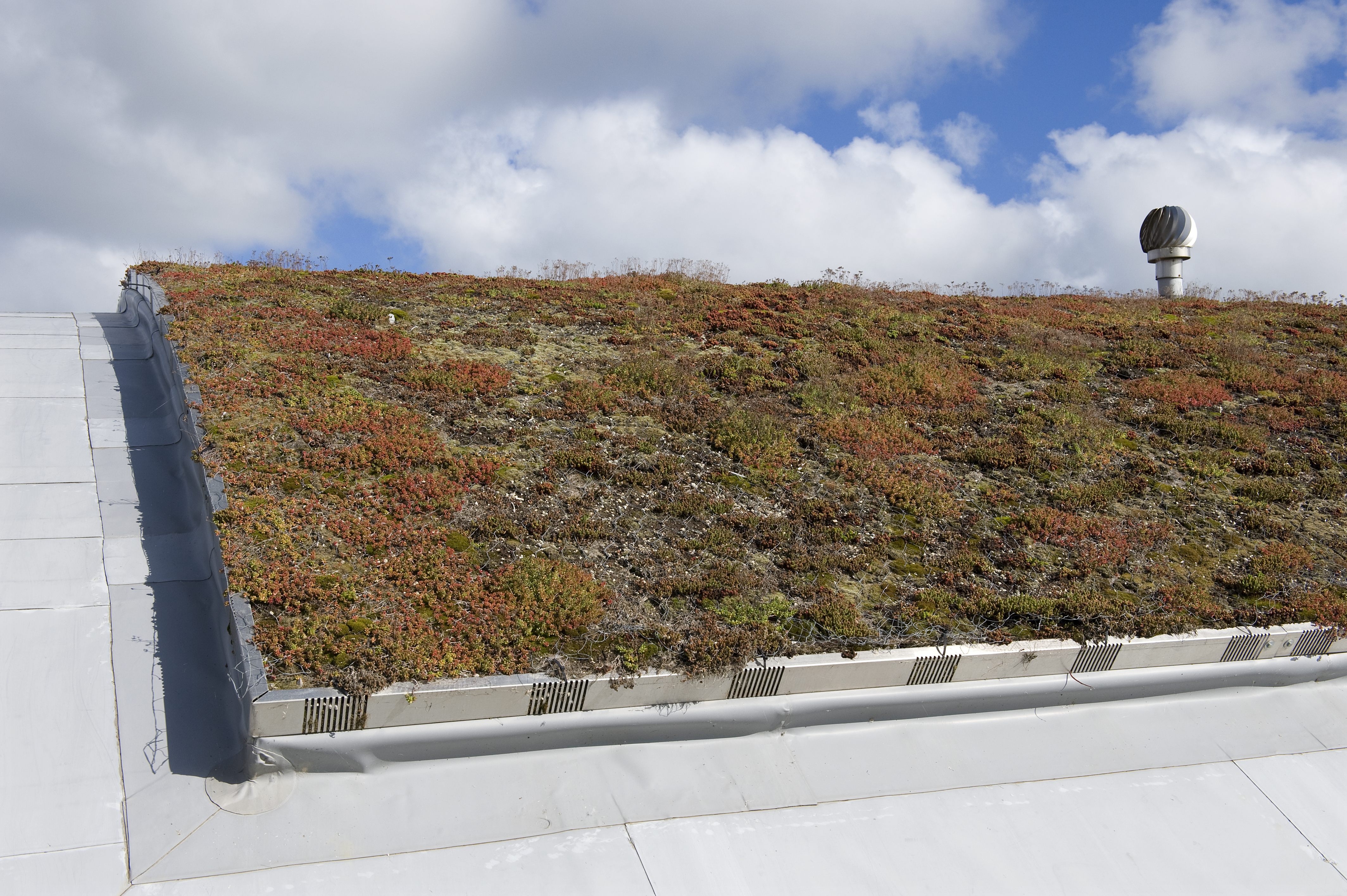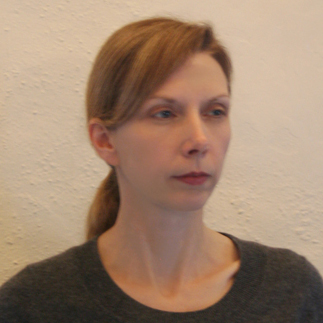Green roof systems explained by experts – including sedum roofing
Love the look and the eco credentials of green roof systems? Get in the know


You might have first come across green roof systems on commercial buildings in cities across the US, but they aren’t just a great option for these types of buildings and built-up urban locations.
A green roof is a fabulous asset for a home, too, wherever you live. While it looks attractive, that’s far from its only advantage and it can bring you a multitude of benefits that the owners of commercial buildings have already come to appreciate.
A sedum roof is a popular choice, but it’s definitely not the only planting option. Use our guide to discover all the possibilities of green roof systems, how they can benefit different homes, especially self builds plus, the cost of one of these with tips from the experts.
Green roof systems
There are a whole host of reasons why green roof systems are a good idea. They can reduce storm water run-off, help cool your home, clean the air, and support the beneficial insects you’ll want in your backyard.
A green roof will also introduce extra color and interest, and make the view from your home and your yard more attractive.
What are the different types of green roof systems?
The main types of green roof systems are extensive, intensive, and the in between semi extensive or semi intensive.
‘Green roofs are broadly labeled based on the thickness of the growing media,’ explains plant expert and specialist in residential living walls Gennaro Brooks-Church of Eco Brooklyn. ‘Green roofs use a specially mixed growing media that acts like soil but is much lighter. The three general categories are extensive for 1 to 4 inches thick growing media, semi intensive for 4 to 6 inches thick, and intensive for anything thicker than 6 inches.
Get small space home decor ideas, celeb inspiration, DIY tips and more, straight to your inbox!
As to where each type of green roof might be used, and what it’s planted with, certified roofing technician and House Grail roofing expert Orlando Ferris explains:
‘Extensive green roof systems are most popular because they are easy to maintain and lightweight. Sedum, delosperma, and sempervivum are usually used for green roofs because they fit almost any solar level and media depth across the US and are able to store excess water.
‘Extensive roofs can be built on a wide range of structures: single-detached homes, commercial buildings, and light industrial sites. However, as a rule, they are not used for publicly available zones.
‘When it comes to semi-intensive green roof systems, a deeper soil layer and drainage solution are required. This allows you to use a wider selection of more complex plant mixes, such as herbs, blooming plants, taller grasses, and tiny shrubs.
‘Semi-intensive roofs are frequently employed in high visibility places to improve the visual appeal of a building. Because of the vegetation and substrates utilized, they require greater care than vast roofs.
‘Intensive green roofs require the thickest soil layer that is suitable for growing trees and large shrubs. Intensive green roofs require a high quality irrigation system that would be used regularly to keep them green and lush throughout summer.
‘Intensive roofs are not common because of their high cost and extreme weight. These types of roofs are generally found in luxury hotels, public buildings, museums, and other large scale structures that require a strong visual impact.’
You might also see reference to brown roofs. ‘Biodiverse (brown) roofs are the most eco-friendly option,’ says Ferris. ‘They include a variety of biodegradable and recycled materials, such as rubble, rubber, and wood chips, in order to entice wildlife such as bees and small insects to dwell there.’
Heard talk about sedum roofing? Sedum has shallow roots so requires only a thin layer of the growing medium, which is why it’s a popular plant choice for an extensive green roof. Sedum’s other advantages include the fact that it’s drought tolerant, easy to look after, and resilient to both pests and disease.
What are the pros and cons of a green roof?
There are numerous advantages to a green roof, but there are some possible drawbacks, and it pays to be aware of both if you’re considering adding a green roof to your home.
Pros
- ‘The two main advantages of green roofs are temperature regulation (it keeps the building cool in the summer and helps a bit to keep it warmer in winter) and rainwater retention,’ says Gennaro Brooks-Church. ‘Soundproofing is also a benefit.’ Bear in mind that a cooler building lessens the need for air conditioning and can therefore result in lower energy bills.
- ‘It reduces greenhouse emissions,’ says Leonard Ang, CEO, iPropertyManagement. How does this happen? A green roof absorbs carbon dioxide, which is the most abundant of the greenhouse gases, so you’ll be contributing to the effort to mitigate climate change.
- A green roof can be located on most horizontal and slightly sloped roofing structures. Consider them for garden buildings as well as additions and new homes.
- A well constructed green roof can mean a roof with longevity. ‘if everything is done well, the green roof will add up to several years to the roof system’s lifespan or even double it,’ says landscape designer and gardening expert Bryan McKenzie of Bumper Crop Times. ‘The green roof protects the main roof from UV rays, excessive moisture, and too low temperatures. You can consider a green roof as a way to delay roof replacement for another 10 to 20 years.’
- Go for a green roof when you’re constructing a new home or an addition to an existing one and you’ll be replacing the ecology removed by your work.
- And although we’re putting this last, it’s definitely not least. ‘Green roofs are aesthetically pleasing,’ says Orlando Ferris. One of these is a great way to make your home and yard more appealing.
- Find more home addition ideas in our guide.
Cons
- ‘Green roofs are much more expensive than conventional roofs,’ says Orlando Ferris.
- ‘Also, they are heavy and use more material (rocks, gravel). It may be very difficult for some buildings to support the extra weight,’ he adds.
- ‘Some may also argue about the limited choice of plants as only the species with non-invasive root systems are allowed,’ says Bryan McKenzie. ‘I can’t agree with that as there are too many plant species in this category and everyone can find what they want.’
How much does a green roof cost?
Be aware that costs can vary widely. ‘Green roof projects start at $12,000 for small and medium extensive designs, but the average project cost is $22,000,’ says Bryan McKenzie. ‘Complex roofs that combine different zones can reach $40,000 and a lot more.’
In the UK, expect to pay from around £50 per square metre for a sedum roof.

Sarah is a freelance journalist and editor writing for websites, national newspapers, and magazines. She’s spent most of her journalistic career specialising in homes – long enough to see fridges become smart, decorating fashions embrace both minimalism and maximalism, and interiors that blur the indoor/outdoor link become a must-have. She loves testing the latest home appliances, revealing the trends in furnishings and fittings for every room, and investigating the benefits, costs and practicalities of home improvement. It's no big surprise that she likes to put what she writes about into practice, and is a serial house revamper. For Realhomes.com, Sarah reviews coffee machines and vacuum cleaners, taking them through their paces at home to give us an honest, real life review and comparison of every model.